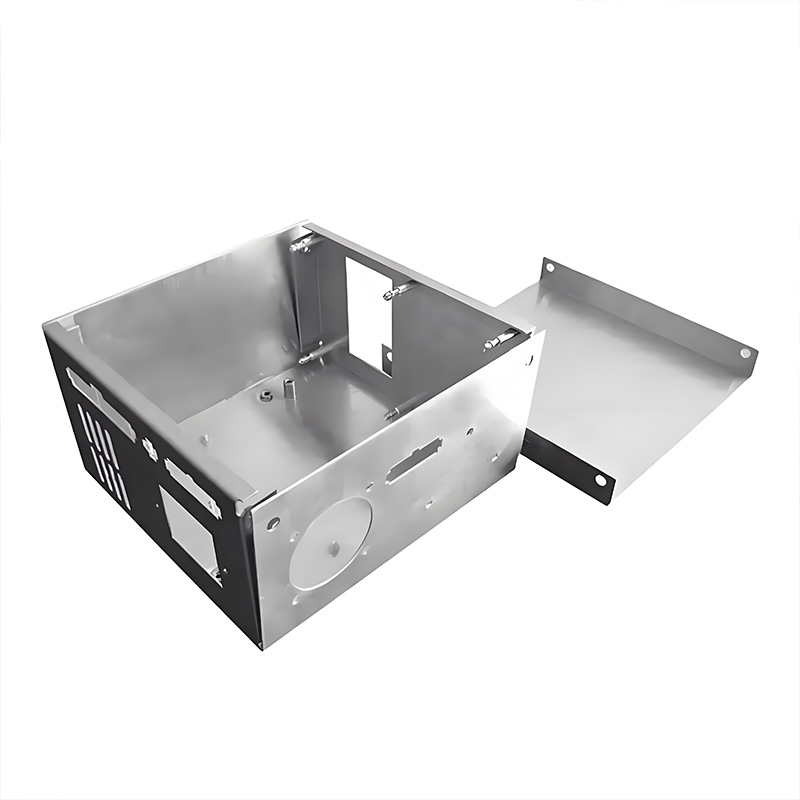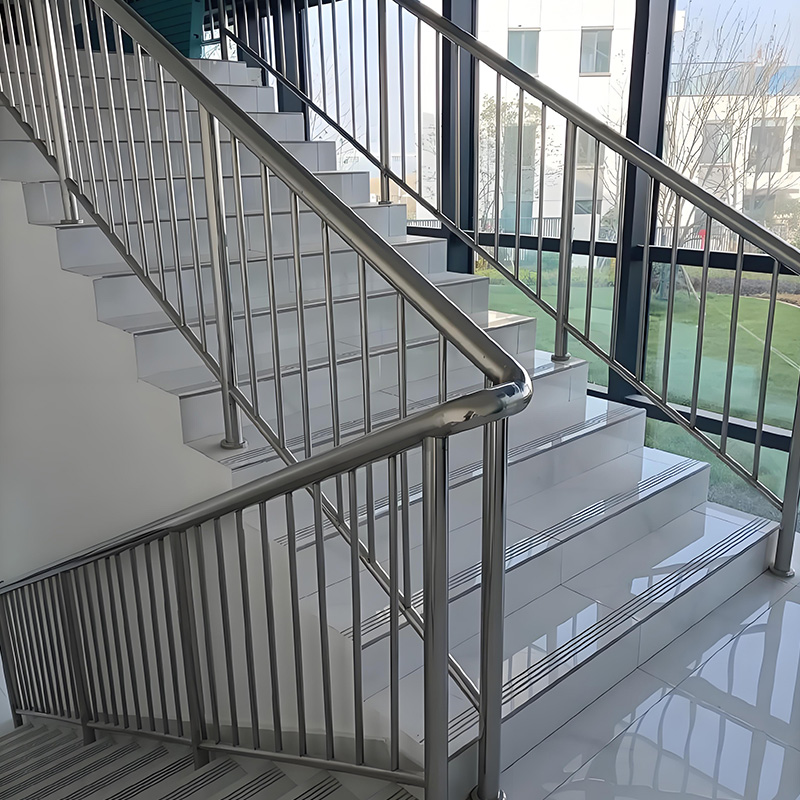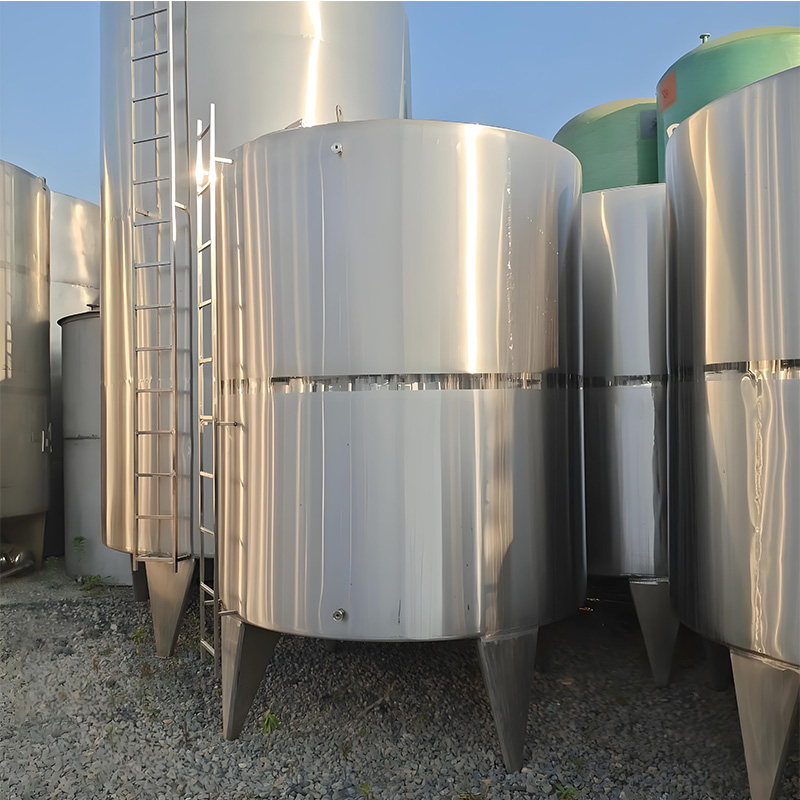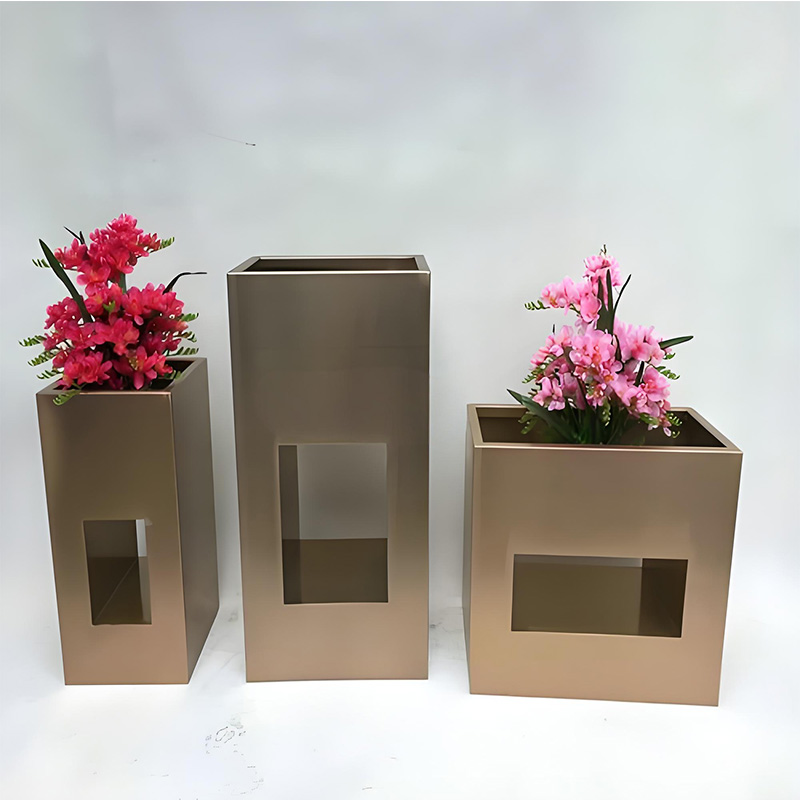Sheet Metal Enclosure: Top 4 Materials Compared!
1. Stainless Steel: The Premium Protector
Stainless steel reigns supreme for harsh environments. Our 2025 marine project proved 316L stainless resists saltwater corrosion 8x longer than alternatives.
Best for: Chemical plants, food processing, marine applications
Cost: $$$ (2-3x more than carbon steel)
Fun fact: Adding molybdenum (in 316 grade) boosts corrosion resistance by 40%.
2. Aluminum: The Lightweight Champion
Weighing just 2.7g/cm³, aluminum cuts enclosure weight by 60% versus steel. However, it’s softer and more expensive per strength unit.
Best for: Aerospace, electronics, portable equipment
Cost: $$ (30-50% more than carbon steel)
Counterintuitively, aluminum’s thermal conductivity (205 W/mK) makes it ideal for heat dissipation.
3. Galvanized Steel: The Budget Workhorse
Zinc-coated carbon steel offers decent protection at low cost. A 2024 NACE study showed galvanization prevents rust for 15-20 years in mild environments.
Best for: Industrial controls, outdoor cabinets, budget projects
Cost: $ (Most economical option)
4. Copper: The Niche Performer
Though expensive, copper provides unique benefits. Its 100% recyclability appeals to green projects, and it naturally resists bacteria.
Best for: Medical equipment, architectural features, EMI shielding
Cost: $$$$ (4-5x carbon steel)
Material Comparison at a Glance
| Property | Stainless | Aluminum | Galvanized | Copper |
|---|---|---|---|---|
| Corrosion Resistance | ★★★★★ | ★★★☆☆ | ★★☆☆☆ | ★★★★☆ |
| Weight (g/cm³) | 8.0 | 2.7 | 7.8 | 8.9 |
| Relative Cost | $$$ | $$ | $ | $$$$ |
5-Step Material Selection Guide
- Assess environmental threats (moisture, chemicals, temperature)
- Calculate weight restrictions (especially for portable units)
- Determine durability needs (expected product lifespan)
- Check regulatory requirements (FDA, MIL-SPEC, etc.)
- Balance budget vs performance (total cost of ownership)
Common Material Selection Mistakes
- Over-specifying stainless steel for benign environments
- Ignoring galvanic corrosion between dissimilar metals
- Underestimating thermal expansion differences
- Forgetting about maintenance requirements
Material Selection Checklist
Weight limitations considered
Regulatory requirements checked
Maintenance plan created
Budget approved for 10-year TCO
FAQs
Q: Can I mix materials in one sheet metal enclosure?
A: Possible but risky. Always consult corrosion charts to avoid galvanic couples.
Q: What’s the most cost-effective material for indoor use?
A: Galvanized steel typically offers the best value for dry environments.
Q: How does material choice affect manufacturing?
A: Stainless requires specialized tools, while aluminum needs slower feed rates.
Q: Which material is easiest to modify post-installation?
A: Aluminum wins for field modifications due to its machinability.










